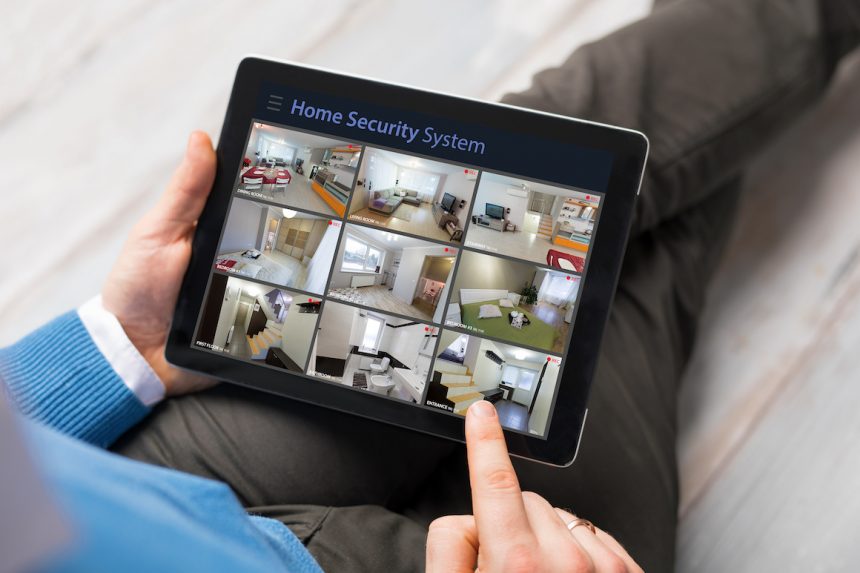When planning a vacation, homeowners, especially older adults on a fixed income, should consider incorporating tech tools into their strategy to protect their property from theft or damage.
Have you ever found yourself in a situation where you’ve planned your vacation, booked the best hotel deal, and secured your flight, only to start worrying about the security of your home? It’s not uncommon to have concerns about unlocked doors or potential water leaks while you’re away.
According to the Journal of Consumer Research, water damage makes up nearly 24% of all homeowner insurance claims in the U.S., with an average claim costing $12,500. Additionally, FBI crime statistics indicate a rise in burglaries and property crimes, with a low resolution rate of just 12.1% in 2022.
Furthermore, there is a growing trend of squatters breaking into homes during owners’ absences, adding to the urgency of implementing effective home security measures.
The good news is that smart home security devices and apps make it easy to monitor and protect your home whether you’re traveling locally or internationally.
Say Goodbye to Wires and Clutter
When it comes to home security while you’re away, there are two main options: professional installation or Do-It-Yourself (DIY) systems. Let’s explore the advantages and disadvantages of each.
Professional home security systems involve companies installing cameras, sensors, and wiring throughout your home for a monthly fee. While effective, this can be a costly investment. On the other hand, DIY home protection devices, with their wireless capabilities, offer a more affordable and convenient solution.
Simplified Home Security
DIY home security systems are budget-friendly and simple to set up thanks to their wireless nature. Companies like Ring, SimpliSafe, and Arlo offer affordable starter packages, starting at around $199.99, which include a range of security devices.
These companies provide doorbell cameras and a variety of indoor and outdoor cameras, all accessible through user-friendly smartphone apps that also serve as control hubs for other smart home devices.
Typical DIY packages include a control panel, door/window sensors, a video doorbell camera, and the option for video or professional monitoring.
It’s important to note that DIY systems require homeowners to correctly place and maintain the devices for optimal functionality. Testing and upkeep are essential to ensure the system works effectively.
Understanding Home Security Operation
When a sensor detects a breach, it triggers the control panel to activate the alarm and notify the homeowner through an app. In systems with professional monitoring, alerts are also sent to a monitoring center for immediate action.
Remember to disable airplane mode on your smartphone to ensure constant connectivity to your home security system.
Additional Vacation Tips
- Avoid announcing your travel plans on social media and refrain from posting vacation photos until you return to protect your home from potential threats.
- Use smart light bulbs and plugs to create the illusion of occupancy while you’re away.
- Secure all entry points to your home with locks and deadbolts, especially doors and windows.
- Inform trusted neighbors about your absence and consider suspending mail or package deliveries.
- Take precautions such as shutting off water mains, unplugging electronics, and safeguarding valuables before leaving.
- Consider leaving a vehicle in your driveway to create the appearance of someone being home.
- Review your homeowner’s insurance policy to understand coverage limitations related to travel and social media posts.
Share Your Insights
What strategies do you use to secure your home while traveling? We’d love to hear your experiences and tips in the comments. Safe travels!
Deborah Reale is a digital marketing and communications consultant with expertise in social media, analytics, content creation, and editing. She has contributed to various publications and holds degrees in business management and administration.






